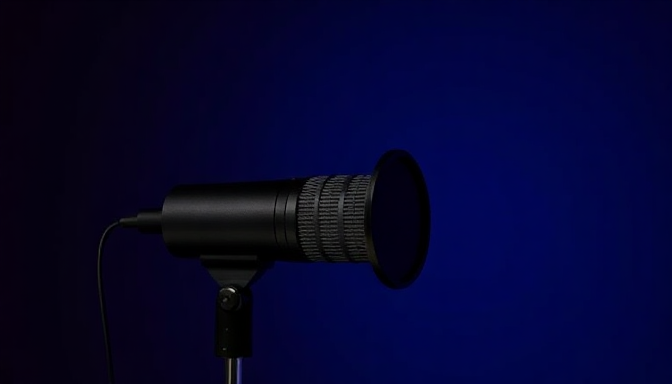
Basic Audio Editing: Removing Noise and Improving Clarity
Imagine you've recorded a fantastic interview, full of insightful stories and passionate opinions. But when you listen back, all you hear is a distracting hum or the echo of your room. That's where basic audio editing comes in – it's like cleaning up your audio so the message shines through.
Removing noise is often the first step. Many free and paid software options offer noise reduction tools that can intelligently identify and minimize unwanted sounds. Experiment with these features to find the right balance; too much noise reduction can make your voice sound unnatural.
Improving clarity is equally important. Adjusting the levels, using EQ to boost certain frequencies, and compressing the audio can make your voice sound richer and more engaging. These simple tweaks can transform a muddy recording into a crisp, professional-sounding podcast episode that your listeners will appreciate.